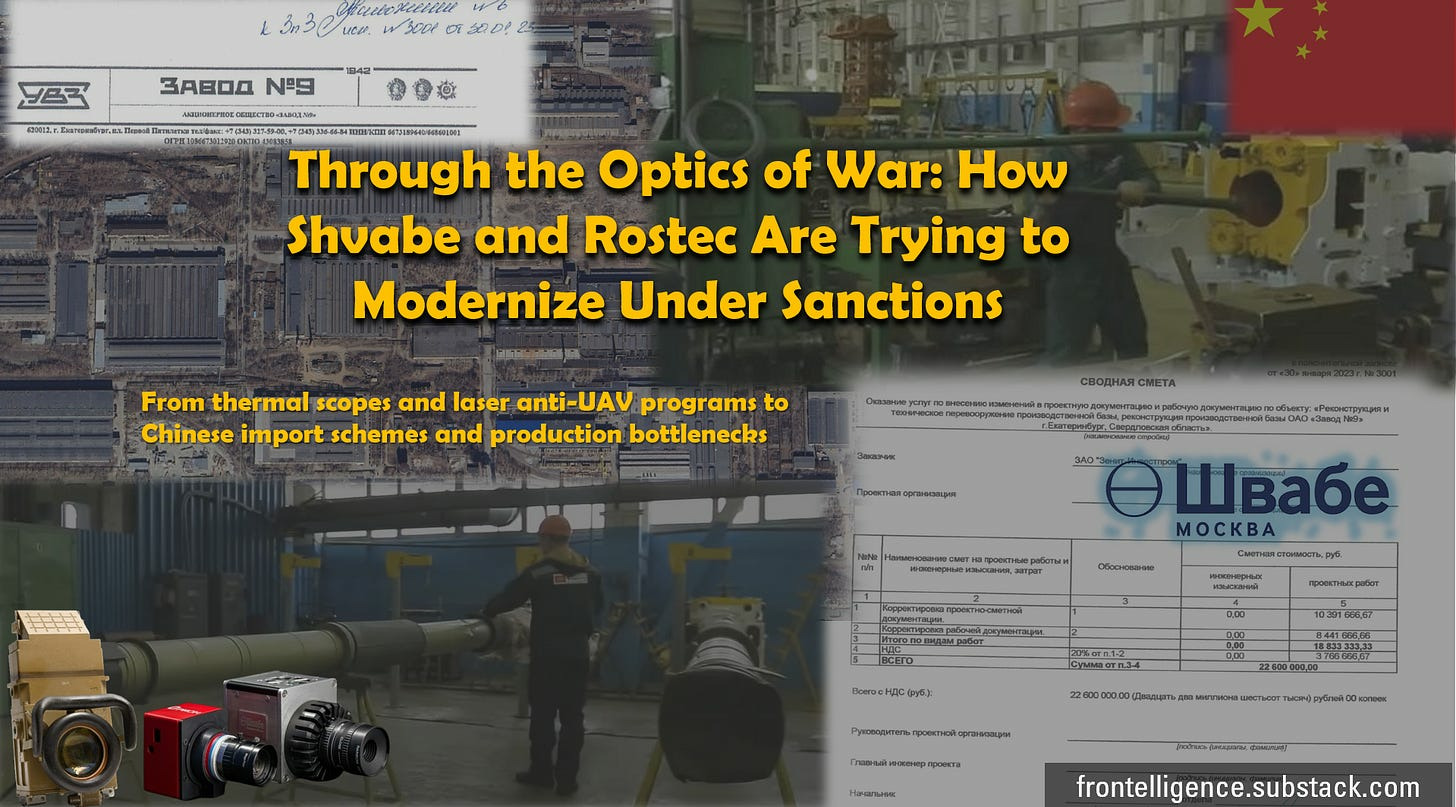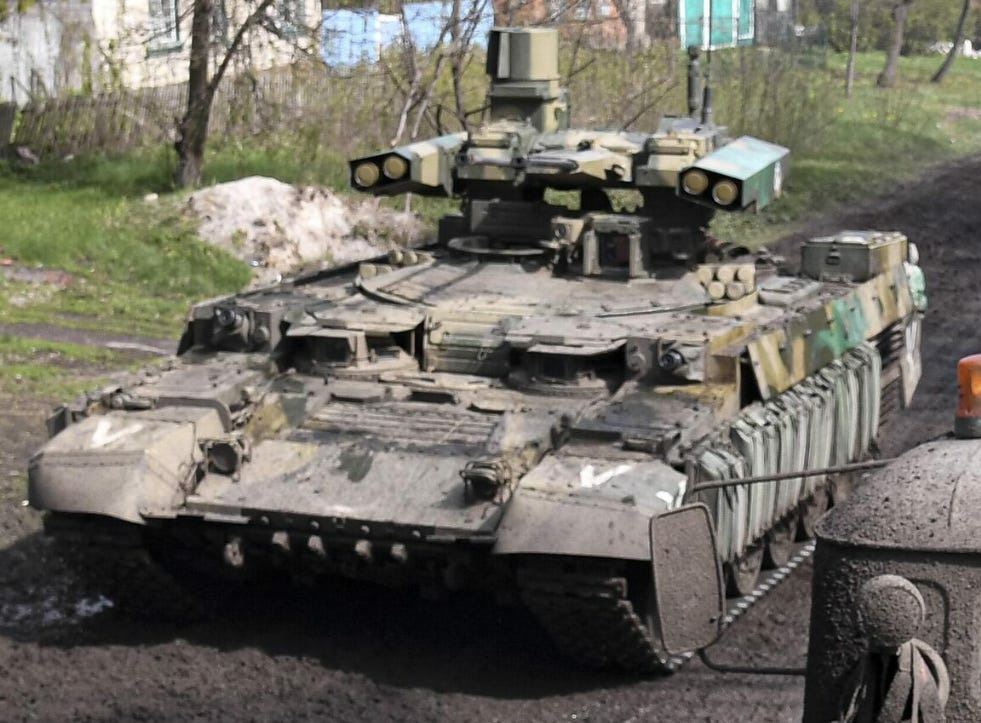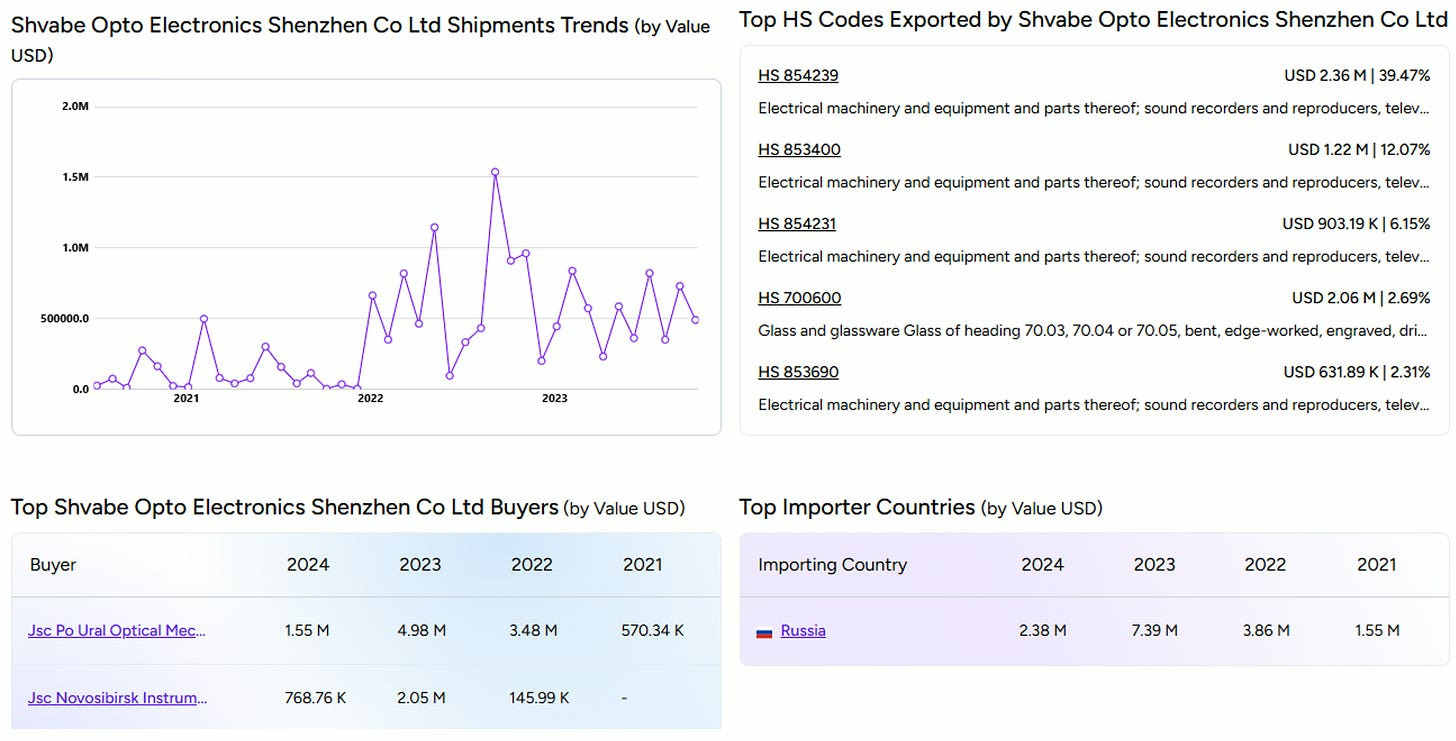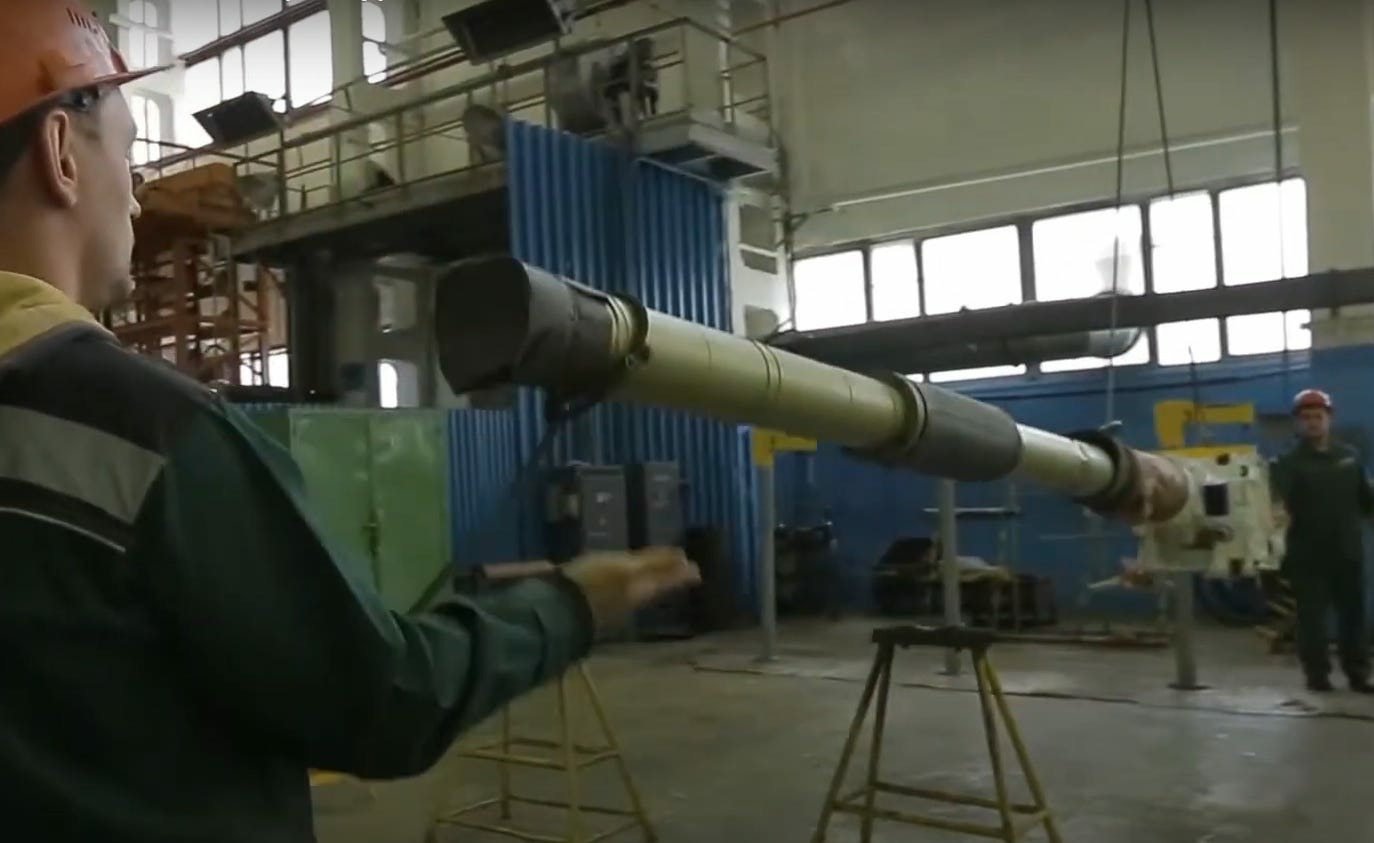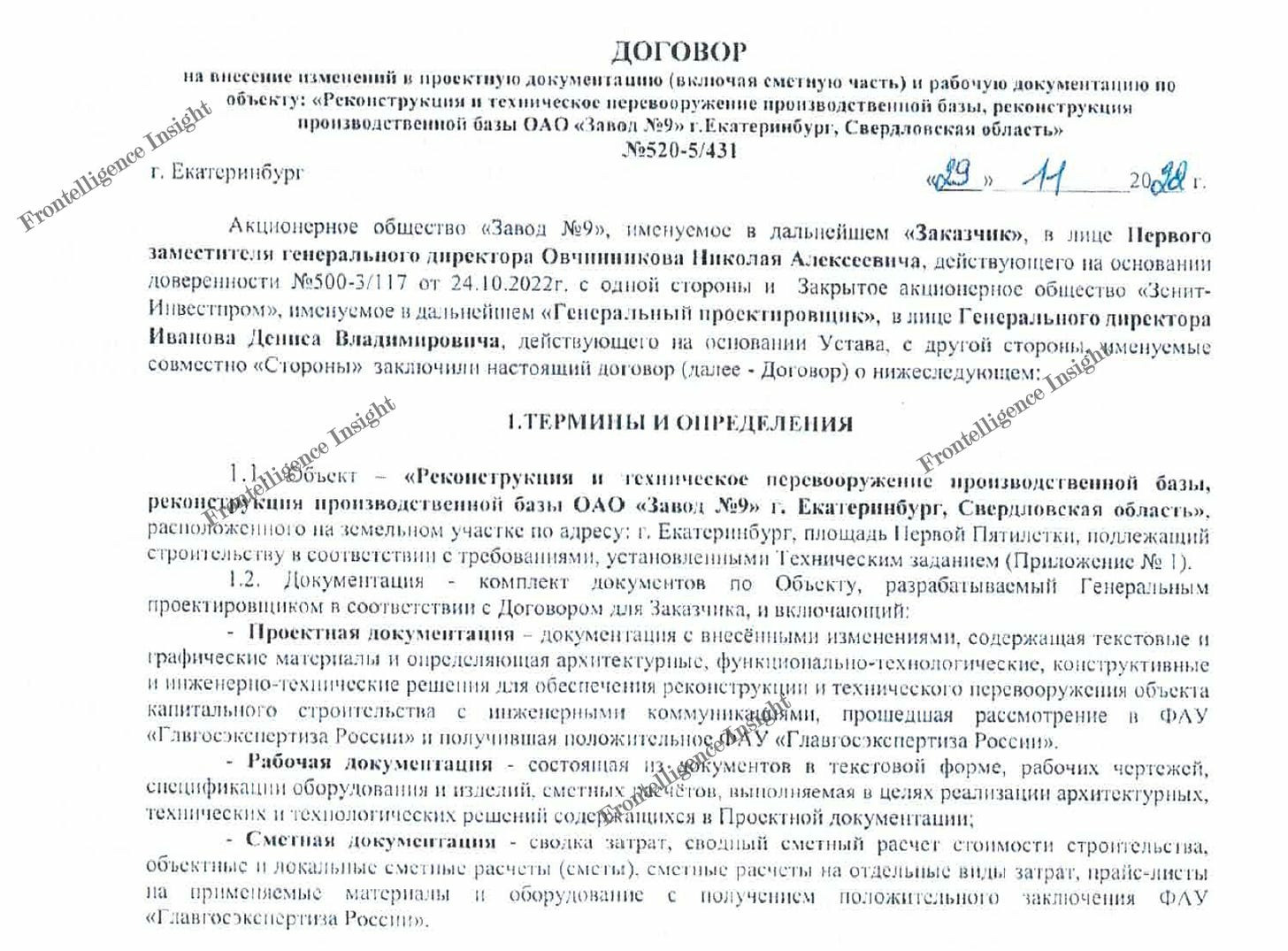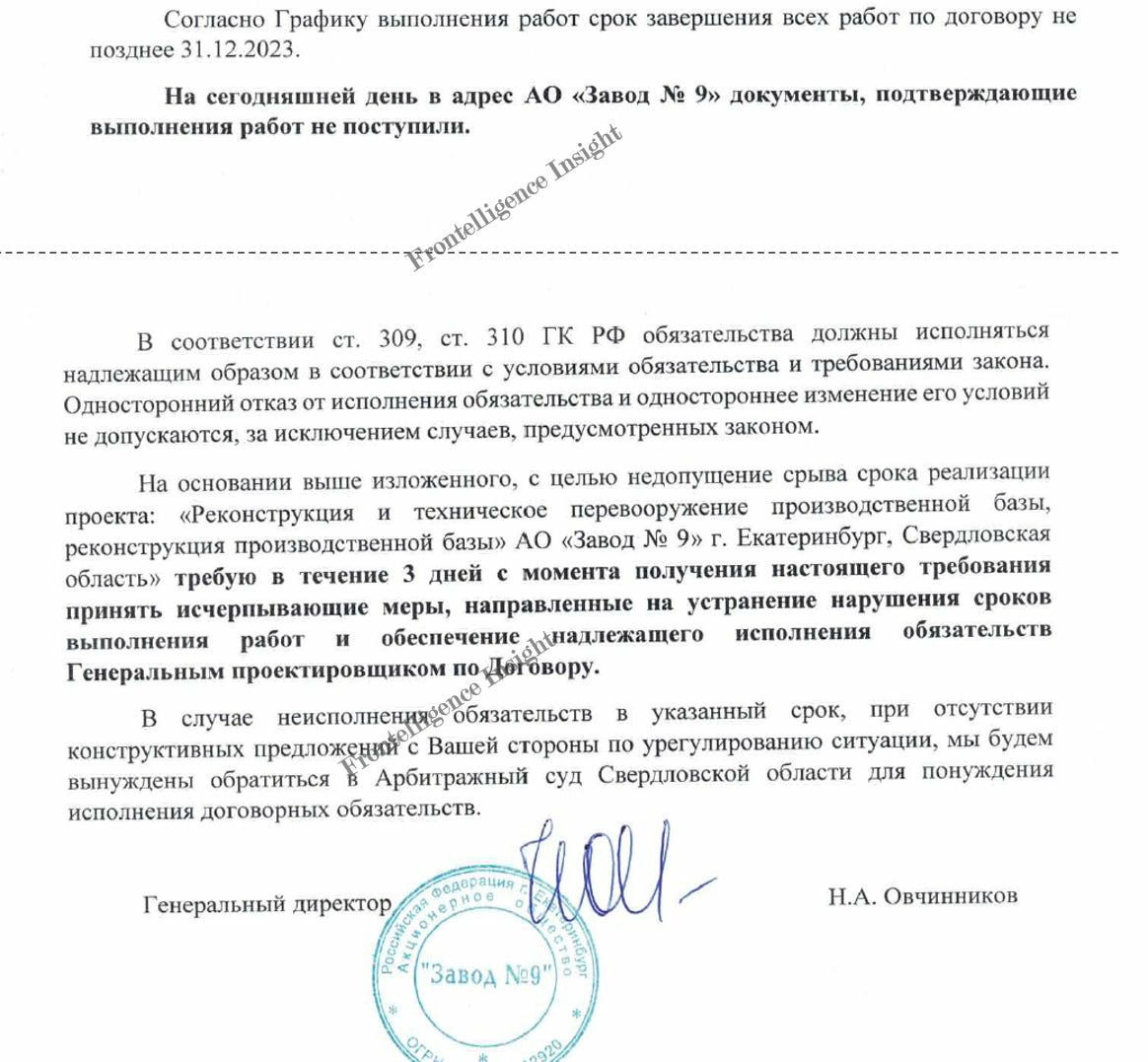Since the outset of the war, the battlefield has undergone several notable transformations. Among the most widely cited examples is the deployment of drones, which have not only played critical role in this war but are likely to shape warfare in its own way for years to come. Yet beyond such high-profile innovations, there have been smaller, less visible technological shifts and upgrades - changes that often escape public attention either due to their classified nature or the scarcity of concrete data.
Much of this quiet evolution is tied to emerging technologies and, more crucially, the ability to scale them for mass production at relatively low cost. In Russia, hundreds of defense factories and research institutions have been working under consolidated state-run conglomerate known as Rostec. Components such as intelligence, surveillance, target acquisition, and reconnaissance - collectively known as ISTAR, have become almost synonymous with modern combat and would be impossible without advanced electronics and optical-electronic systems.
Understanding where Rostec is focusing its development efforts: what its needs are and which projects are underway- can offer a window into the future of the Russian military, both in the context of the current war and over the next five to ten years.
One of Rostec’s key holdings, Shvabe, specializes in optical-electronic technologies for military and dual use, producing items such as scopes, circuit boards, cameras, fire-control systems, and laser devices. Thanks to a trove of hundreds of leaked documents and tens of thousands of internal records spanning multiple years provided to us by 256 Cyber Assault Division, our team has been able to examine the state of Shvabe’s operations in detail. In this special investigation, we present a series of findings that shed light on the holding`s product lines, current projects, expansion efforts, and the technical bottlenecks it continues to face.
A link to download the referenced leaked documents will be available at the end of this article. Additional materials—including a comprehensive list of all Rostec-affiliated companies, effectively covering much of the Russian military-industrial complex—will be accessible to our paid subscribers, whose financial support makes these investigations possible.
Table of Contents:
Intro
I. Shvabe Holding — Thermal Scopes, Lasers, and Other Trials
II. Import Substitution and Chinese Print
III. Production Expansion, Problems, and Prospects
I. Shvabe Holding — Thermal Scopes, Lasers, and Other Trials
Shvabe Holding manufactures a wide range of optical and targeting systems for military and aerospace applications. Its portfolio includes sights and thermal imaging devices, fire control systems for armored vehicles, targeting and navigation equipment for aircraft and UAVs. The company also develops space-based and aerial surveillance systems, night vision devices, and laser rangefinders for both artillery and aviation use. While Shvabe also produces various dual-use and civilian technologies—such as medical equipment—its primary focus, as part of the Rostec conglomerate, remains military research and production.
Thanks to a set of investment documents detailing ongoing projects, we have obtained a list of companies and corresponding initiatives that Shvabe Holding was involved with as of 2024. This is just a short list highlighting some of the most interesting projects:
1. Public Joint Stock Company "Krasnogorsky Zavod, shortly KMZ:
- Development of airborne equipment for laser signature detection for helicopters.
- Development of a version of the precision seeker head TShU-1-11 and the coarse seeker head. Part of electro-optical active protection system in tanks and IFVs
- Control and Testing Equipment for OPS-28M : an electro-optical surveillance or targeting system used on the Mi-28NM attack helicopter
- Technical modernization of serial production and high quality of thermal imaging products.
- Reconstruction and technical modernization of circuit board productions
2. Joint Stock Company "Lytkarino Optical Glass Factory:
- Night Vision Devices TVN-5M and TVN-5ML: Driver’s night vision systems designed for tanks such as the T-62, T-64, T-72, and T-80, as well as infantry fighting vehicles like the BMP-1, BMP-2, and BMP-3.
- Thermal Vision Module TTM-5
3. Orion Scientific Production Association
- Developing the engineering documentation and building prototypes of laser target designators and a collimator sight.
- SWIR Camera 640
4. Joint Stock Company "POLYUS Research Institute”
- Establishment of industrial-scale production of bismuth-based optical fibers and optical amplifiers for the next generation of high-speed fiber-optic communication systems
5. Joint Stock Company "State Institute of Applied Optics'"
- Import Substitution of the 'Catherine-XP-PCS' Thermal Imaging Camera in the Fire Control System of the T-90M Main Battle Tank," Code Name: 'Osnova'
6. Joint Stock Company "Shvabe - Technological Laboratory"
- Development and production launch of high-resolution video camera modules for use in electro-optical systems
Shvabe Holding, of course, is a much larger enterprise involved in a wide range of projects, which we explore further in this investigation. Notably, however, internal email correspondence between Shvabe Holding companies reveals that not all production processes are running smoothly.
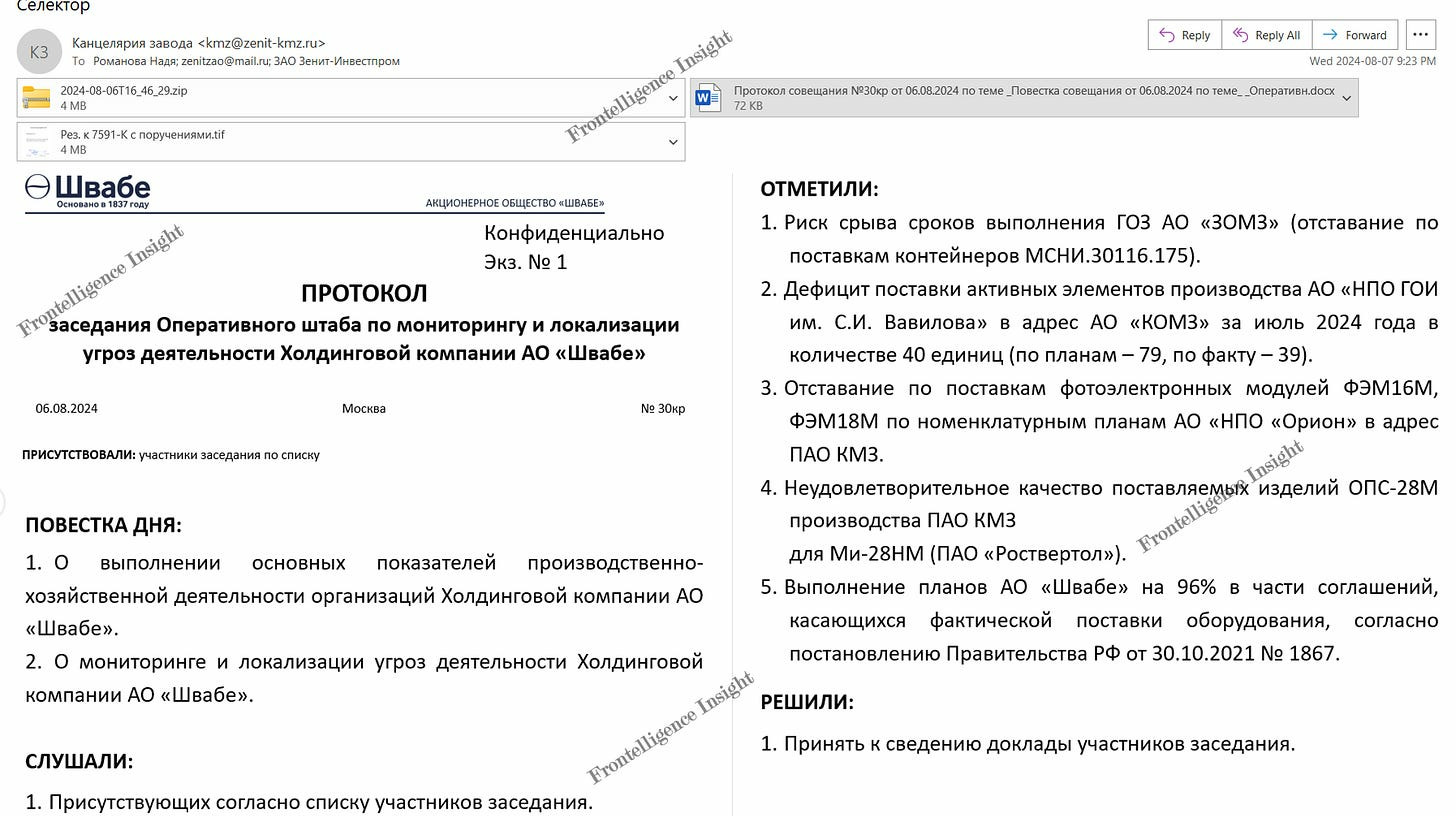
According to a confidential meeting document, one of the key issues discussed in August 2024 was the unsatisfactory quality of the OPS-28M systems, an optical surveillance and targeting system used on Mi-28MN attack helicopters.
This isn’t the last problem we identified, but we will revisit them later, as there were also a number of interesting findings among the tasked Shvabe projects.
In February 2024, “Polyus,” part of Shvabe Holding, was assigned to develop proposals to advance laser technologies aimed at countering unmanned aerial vehicles (UAVs). This effort includes creating materials like active elements as part of a laser technology development program extending to 2033, focusing on high-power lasers.

Similarly, in 2022, both JSC “High-Precision Systems” and JSC “Research Institute "Polyus" were tasked to prepare proposals for the development of a laser system for counter-UAV activities with a possible integration with the Pantsir-S1

In may of 2024, Joint Stock Company "VOMZ", in collaboration with enterprises of JSC "Shvabe" was tasked with exploring the feasibility of integrating UAVs into the tank fire control system. The objective is to enhance reconnaissance and target engagement capabilities at extended firing ranges (up to 15 km), including operations from concealed firing positions.

Concealed or Closed‐position firing allows a tank to engage targets without a direct line of sight by using its main gun much like an artillery piece, relying on calculated settings rather than aiming directly at the target. This technique allows tanks to provide fire support at ranges and trajectories that would otherwise be impossible with direct fire, and stay out of the sight and range of traditional anti-tank means. It’s a widely used tactics initially used by Ukrainian side since 2014 but now utilized by both, especially with the mass use of drones which can be used for fire correction.
Our team assumes that Russia will continue attempts to integrate various UAV systems in fire control systems across various platforms – not just tanks in future modernization efforts aiming to increase both the range and accuracy.
In addition, Shvabe is actively involved in the upgrade and modernization of a wide range of optical systems. This includes II+ generation night vision scopes for RPGs, as well as the integration of thermal imaging technology into existing platforms - such as the Agat-MP fire control system used on the BMPT.
II. Import substitution and the Chinese footprint
Modern equipment, especially systems reliant on electronics, is nearly impossible to produce entirely with domestically sourced parts and technology. Shvabe is no exception. Last month, the investigative group InformNapalm published a detailed report outlining how companies within the Shvabe holding have been circumventing international sanctions to acquire critical components for production.
One such scheme involved the supply of IRCOL Collimators from the French firm HGH Infrared Systems to the Indian company PCC Pvt. Ltd. According to the investigation, PCC allegedly misled the French supplier and redirected the equipment through a Russian intermediary, LLC “EMT,” which ultimately delivered the components to Zenit-Investprom - a part of the Shvabe Holding ecosystem.
That said, Russia has never stopped its efforts to pursue import substitution. As part of preparations for an expanded meeting on import substitution scheduled for June 2024, chaired by A.E. Tyulin, Deputy Chairman of the Board of the Military-Industrial Commission of Russia—the company Astron was instructed to submit the following documents to “JSC Shvabe”:
Development and Production Plan for Uncooled Microbolometric Arrays
Technological Scheme for the Production of Microbolometric Arrays
Microbolometers are a critical component in thermal imaging cameras, enabling the detection. In addition to this directive, there are dozens of other meeting records and progress report requests related to import substitution originating from various levels of the Russian government.
China, of course, plays a role in helping Russia to sustain production and even expand its production amidst parts shortages caused by Western sanctions
According to data from the 256th Cyber Assault Unit, which provided its data in Informnapalm investigation, a company called “YUMAK” supplied CNC machines from Chinese company Push Ningjiang Machine Tool Co, as well as from Tianjin No.1 Machine Tool Works—to “Zenit-Investprom” (a Russian company that works directly with KMZ, a key manufacturer of optoelectronic equipment used in combat vehicles and helicopters)
One internal company document, which included a detailed task list, also contained a roster of various firms within the holding, along with their assigned task. Among them, one name stood out: Shvabe Opto-Electronics, based in Shenzhen, China.
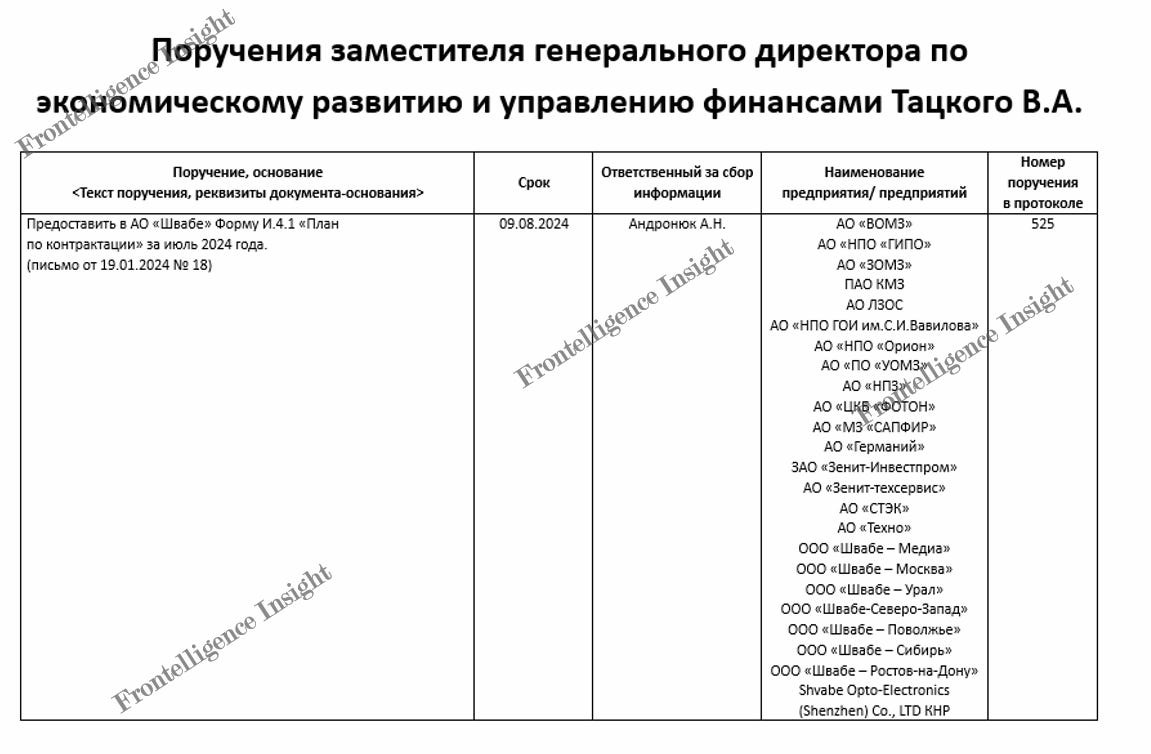
According to trade data monitored by Trademo, the company has consistently supplied components to the Ural Optical and Mechanical Plant and JSC Novosibirsk Instrument-Making Plant—both sanctioned entities due to their roles in Russia’s military-industrial complex and direct involvement in the war against Ukraine. Shvabe’s Shenzhen-based subsidiary, also known as UOMZ Meizhou, is itself under U.S. sanctions.
According to available records in China, the company has operated there without interruption since 2009. As in our previous investigations into other Rostec-affiliated firms, we have repeatedly found Chinese industrial equipment playing a key role in supporting Russia’s import substitution efforts and modernizing its military production capabilities. Much of this progress would be difficult to imagine without access to China’s industrial capacity and technological resources.
III. Production Expansion, Problems, and Prospects
Last but not least is the issue of production expansion. As previously mentioned, the company from Shvabe Holding called “Zenit-Investprom” has acquired Chinese industrial equipment to support manufacturing efforts of Rostec.
Further investigation into Zenit-Investprom revealed extensive correspondence with Zavod No. 9—which can be translated as “Factory No. 9” — a facility known for producing towed artillery pieces such as the D-30 howitzers, as well as tank guns, including the newer T-90 models.
According to one of documents, Zenit-Investprom and Zavod No. 9 signed an agreement under which Zenit-Investprom would be responsible for updating project documentation related to the “Reconstruction and Technical Modernization of the Production Base of Zavod No. 9.”
The deadline was set for December 31, 2023, and the total cost was estimated at 29.418 million rubles, or over $365,000 at the current USD-to-ruble exchange rate for updating project documentation.
The factory expansion and modernization goes through 3 phases. Each phase includes different details, like construction of new facilities and infrastructure to support them. But the most interesting part is installation of new machinery, which can give a better idea on the scale of productional line expansion
The full list of needed equipment:
Lifting equipment: 21
Laser heat-strengthening system: 1
Chemical-heat treatment equipment: 4
Electroplating equipment: 1
Painting and drying equipment: 1
Machining equipment: 32
Control and measuring equipment: 6
Given that some of this equipment - such as the laser heat-strengthening system—is designed for working with metals, and considering that the factory is involved in producing barrels for tanks and artillery, our team assumes that Russia is actively working to expand its barrel production capabilities. This area has long been a bottleneck, not only due to the demand for new equipment but also because of the heavy wear and frequent replacement required during wartime. In a war as intense as this one, barrel lifespans are short, making reliable production capacity critical.
While detailed information remains limited, available correspondence indicates that the companies faced serious issues. In April 2024, Zavod No. 9 sent a letter to Zenit-Investprom stating that it had not received a single document confirming any completed work and demanded that the company take comprehensive measures within three days to fulfill its contractual obligations.
Another document, dated 8th of November 2024 from Zavod#9 to Zenit-Investprom, states that issues listed in another submitted letter in October of 2024 were not fixed and they even never received an answer
Overall, given that the project documentation was originally scheduled for completion by the end of 2023, the Frontelligence Insight team believes the expansion and modernization effort is likely facing significant delays. This appears to be part of a broader pattern—many projects within the Shvabe holding routinely miss deadlines, undergo repeated revisions, or are postponed altogether.
It is clear that while Russia continues to grapple with production delays, quality control issues, and the challenges of sourcing components under sanctions, it is also making tangible progress in both manufacturing and the deployment of new technologies. Perhaps the most significant shift since the pre-war period is Russia’s effort to integrate battlefield experience not just into limited, showcase upgrades, but into broader mass production— leveraging machinery and components sourced from both Western and Chinese suppliers.
Barring a severe economic collapse or a major military defeat, if Russia would be able to spend several years building up and stockpiling equipment, our team believes that any future war involving Russia is likely to feature a significantly more modern and technologically integrated military than the force that launched the full-scale invasion in 2022.
This Substack is reader-supported. To receive new posts and support my work, consider becoming a free or paid subscriber.
The link below provides access to the original files referenced in this investigation:
[we.tl/t-dgUZNrd...](https://we.tl/t-dgUZNrdOag)
Additional documents—available through the paid subscription button—offer significantly more information, including a comprehensive list of Russian companies within the military-industrial conglomerate Rostec.
